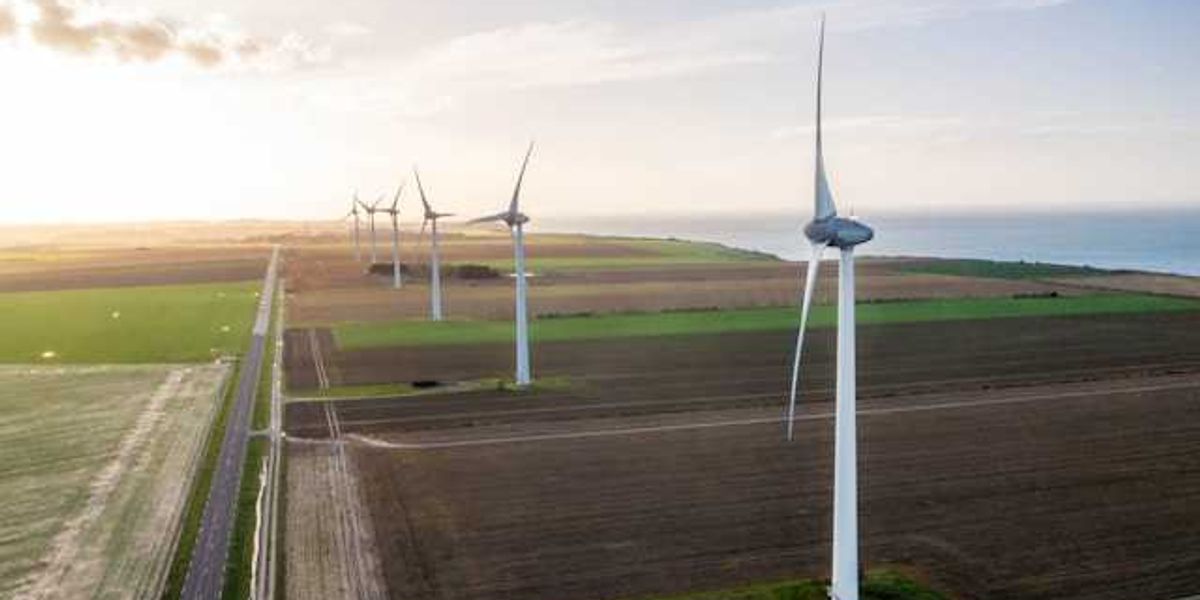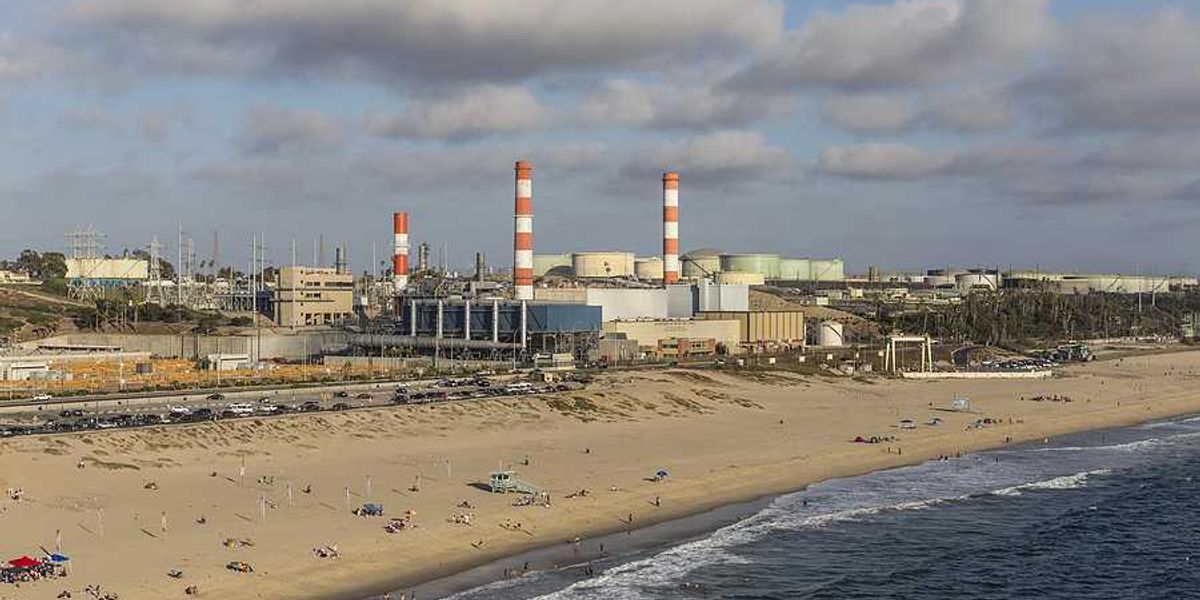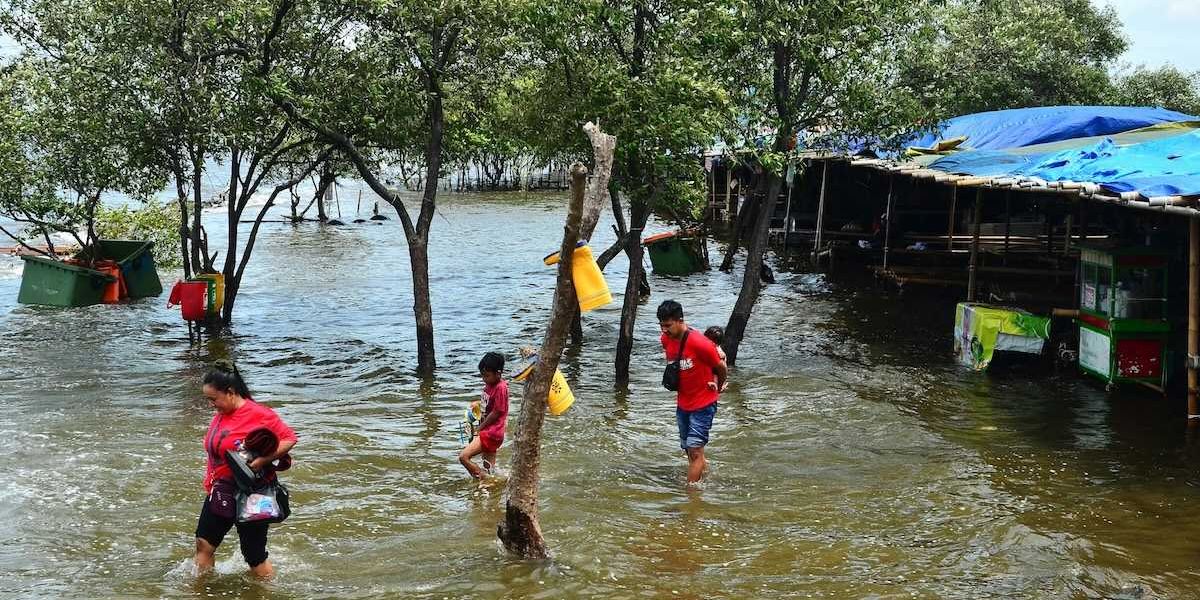India must boost climate infrastructure funding as urban populations swell
India will need more than $2.4 trillion by 2050 to protect its fast-growing cities from worsening climate threats like flooding, extreme heat, and rising seas, according to a new World Bank report.
Nikunj Ohri reports for Reuters.
In short:
- India’s urban population is expected to nearly double by 2050, putting increased pressure on city infrastructure already strained by extreme weather.
- Without large-scale investment, annual damage from urban flooding alone could rise from $4 billion now to $30 billion by 2070.
- The World Bank says India’s current spending on urban infrastructure — just 0.7% of GDP — falls far below what is needed to make cities climate-resilient.
Key quote:
“Cities need to become more resilient if people living in those cities are going to be safe.”
— Auguste Tano Kouame, country director for India, World Bank
Why this matters:
India’s rapidly growing cities sit at the crossroads of climate vulnerability and urban expansion. Without major investment in water systems, energy-efficient buildings, and heat-resilient housing, millions could face increased exposure to floods, heatwaves, and infrastructure breakdowns. Rising sea levels threaten coastal hubs like Mumbai and Chennai, while inland cities face extreme heat and water scarcity. Urban flooding damages homes, overwhelms drainage systems, disrupts economic activity, and increases disease risk. As population growth drives dense, informal settlements, many residents will live in high-risk zones. The World Bank’s figures show what’s at stake if India delays action: rising costs, more lives at risk, and mounting pressure on an already stressed public health and environmental system.
Learn more: Indigenous women in India map climate losses to fight for land rights and future survival













